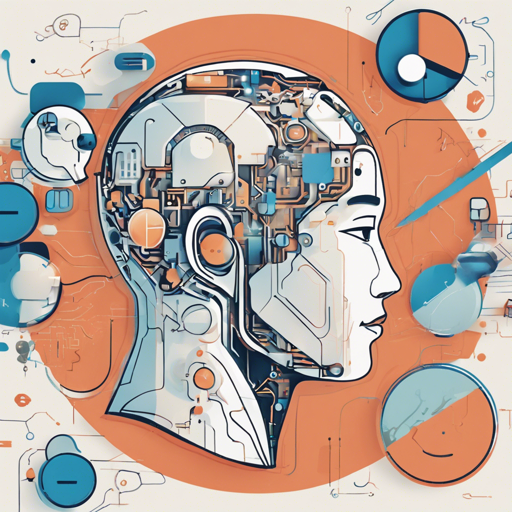Welcome to the world of Dialog-KoELECTRA, a specialized language model meticulously designed to handle dialogue in Korean. In this post, we will guide you through utilizing this powerful model effectively and troubleshooting common issues you might encounter along the way.
What is Dialog-KoELECTRA?
Dialog-KoELECTRA is a language model that stands out by being trained on a diverse dataset of 22GB of colloquial and written Korean text. Its foundation is based on the ELECTRA model, which uses a self-supervised learning method to efficiently train transformer networks, enabling it to distinguish between real and fake input tokens generated by a secondary neural network, akin to a GAN (Generative Adversarial Network).
Getting Started with Dialog-KoELECTRA
To deploy Dialog-KoELECTRA, follow these simple steps:
- Visit the official GitHub repository to access the pre-trained models: Dialog-KoELECTRA GitHub.
- Download the model that suits your use case—starting with the small version is recommended for initial experiments.
- Integrate the model into your dialogue system following the provided implementation guidelines.
Model Performance Insights
Dialog-KoELECTRA exhibits remarkable performance compared to other models across various conversational tasks, as demonstrated below:
Metric | DistilKoBERT | Dialog-KoELECTRA-Small
------------------------|---------------|------------------------
NSMC (accuracy) | 88.60 | 90.01
Question Pair (accuracy) | 92.48 | 94.99
Korean Hate Speech (F1) | 60.72 | 68.26
Naver NER (F1) | 84.65 | 85.51
KorNLI (accuracy) | 72.00 | 78.54
KorSTS (spearman) | 72.59 | 78.96
Imagine you’re using a sophisticated chef in a bustling kitchen (Dialog-KoELECTRA) to prepare exquisite meals (conversational tasks) while comparing it to a kitchen assistant who can only follow basic recipes (DistilKoBERT). The chef employs a wealth of knowledge from various cuisines, thus creating a much deeper and richer experience for the diners.
Training Data Sources
The training process of Dialog-KoELECTRA utilized diverse data sources to ensure robustness:
These sources encompass various dialog styles, enriching the model’s learning process.
Troubleshooting Common Issues
Even the best models may face hiccups, so here are some troubleshooting tips:
- If the model fails to understand certain phrases, consider expanding or refining the training dataset to include these scenarios.
- Ensure that your environment meets the computational requirements specified in the documentation; inadequate resources could lead to performance issues.
- Check your code implementation against the provided examples in the documentation to identify discrepancies.
For more insights, updates, or to collaborate on AI development projects, stay connected with fxis.ai.
Conclusion
Utilizing Dialog-KoELECTRA can transform your dialogue systems, making them more sophisticated and capable of handling complex conversational challenges. Armed with this guide, you are well on your way to leveraging the power of this advanced model in your AI projects.
At fxis.ai, we believe that such advancements are crucial for the future of AI, as they enable more comprehensive and effective solutions. Our team is continually exploring new methodologies to push the envelope in artificial intelligence, ensuring that our clients benefit from the latest technological innovations.

